Fear and loathing in Orange County
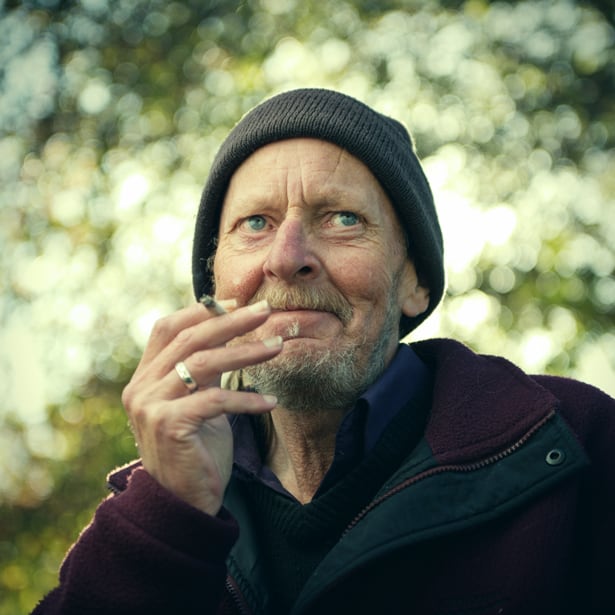
“I don’t fear death, but I do fear cremation.”
– Geoff Cochrane
I’m in Orange County California, the home of overpriced theme parks, good surf, beautiful people and endless summer. Since I’m on ‘active service’ I booked a hotel in the Arts District in Costa Mesa, thinking it would be full of interesting creative types.
The Arts District, it turns out, was designed by someone who specialises in business parks and carparking buildings. At least there was some interesting architecture and an impressive concert hall paid for by a property developer who converted his lima bean farm into a high end shopping centre.
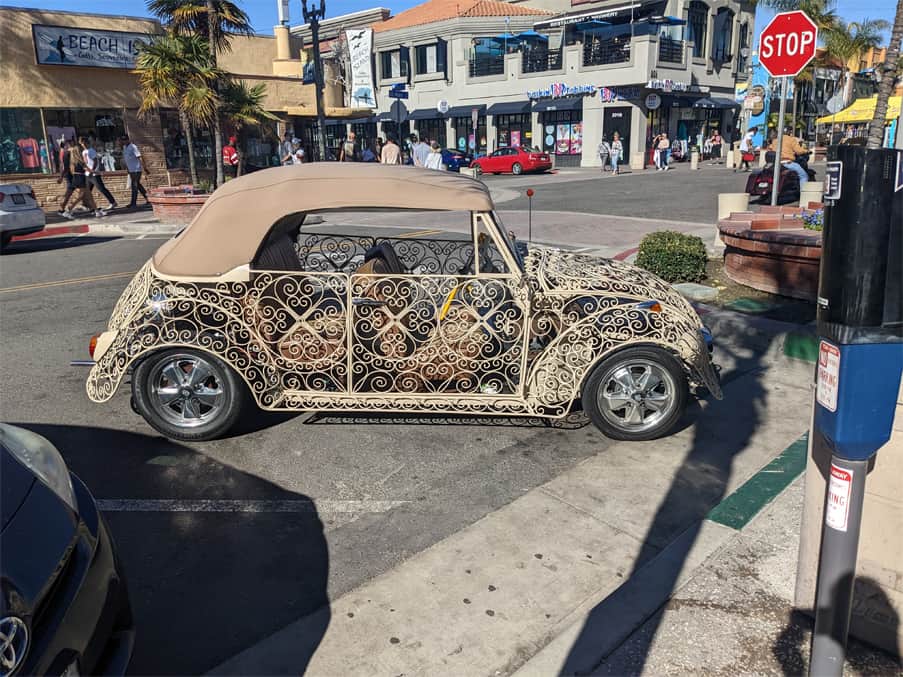
I know, sounds like something that might happen in Auckland. I wouldn’t be surprised if the property developer also went on to become mayor.
As is customary, I only listen to Bruce Springsteen when stateside. Writing about his feelings and fears is something the Boss has made a career out of, and I rediscover the depth in his music when it’s contextually relevant, hurtling down the freeway at 65 miles an hour. I had prepared by downloading the Springsteen catalogue over the airplane wifi on the flight over. Some may frown on downloading music via airplane wifi but if free wifi ain’t for freedom, then what’s the fucking point?
My self-prescribed cure for jetlag is to rise early and stick up some posters wherever I land. I’m not sure if it actually works but it does make me feel useful. And isn’t that all any of us ever want?
Poem posters in hand, my first stop was Balboa Island in Newport Beach. Outside of Manhattan, Balboa Island is one of the most densely populated places in America, and as you’d expect, it’s outrageously expensive. The island lacks any counter culture – heck, even the park benches have throw pillows, and every house was decorated with Christmas lights in glowing uniformity so as not to spoil the aesthetic.
Just as I found the perfect pole to affix a poster I was caught in the act and shooed away by the island security. The poem was by the late kiwi poet Geoff Cochrane and was titled GROUND ZERO. This is a poem that left my head racing the first time I read it. Geoff makes so much room for words that you’re always left wanting more. His battles were laid bare in his work. He has nothing to fear.
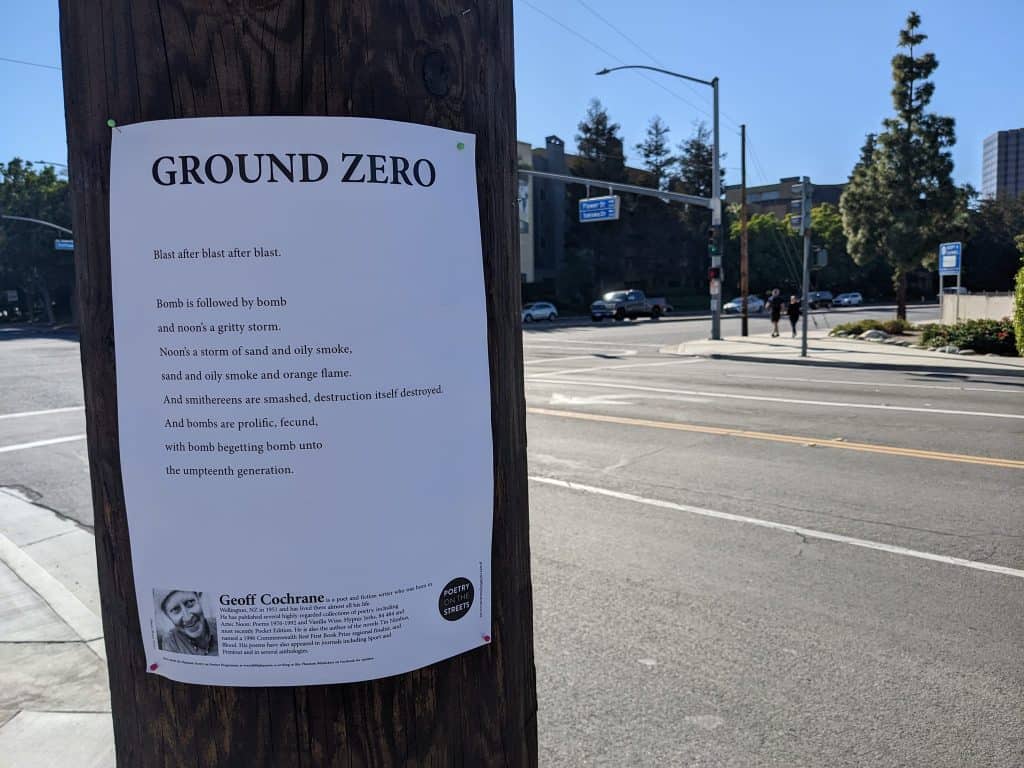
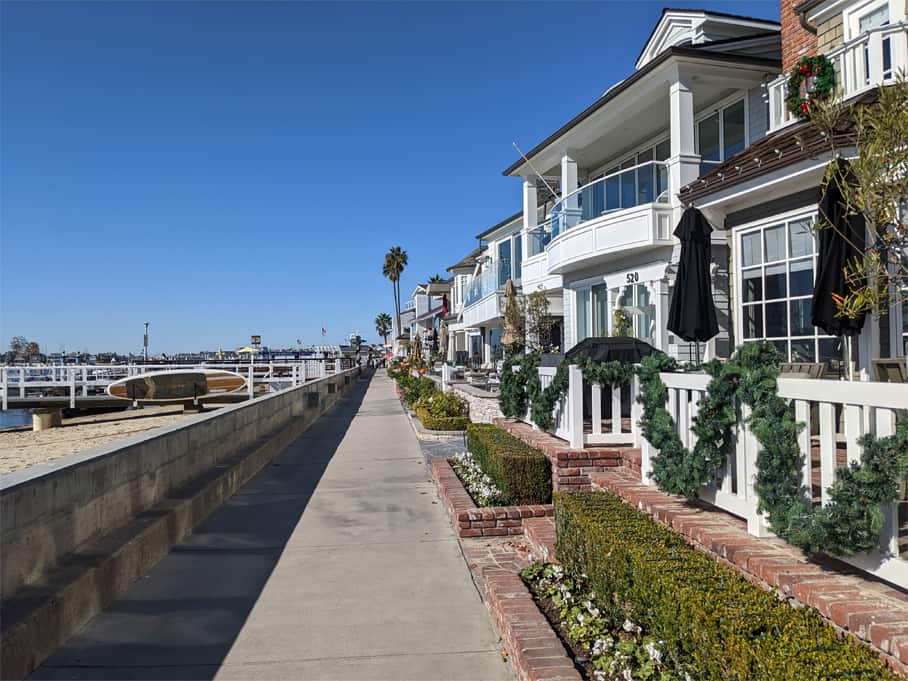
Technically speaking, sticking posters to lamp posts breaches most city ordinances that have been carefully crafted by their property developer elected members to ensure maximum control of revenue to benefit their developments. Rarely when I’m out on a poster run does anyone care to cite these ordinances to me, and if they care enough or have a chip on their shoulder, like my Balboa mate, I just leave.
Most of the time, people just ignore the person putting up posters. They have their own shit to deal with, and it’s easier to look the other way than do something about it. Especially in USA, where survival is an extreme sport, most people would rather avert their eyes than create a fuss.
One of the first lessons I learnt from Phantom founder Jim Wilson when sticking up posters for a living was that you needed to get yourself into the headspace where you are frightened – but only enough that you don’t care about the consequences. In the early days of billsticking, when almost everything we did required tenacity and fear, if you weren’t pushing the boundaries then the location you’re sticking that poster on wasn’t good enough. If so, not enough people will see it. If not enough people see it, then the show you’re working for won’t sell enough tickets, and the whole exercise has been fruitless, and you’ve let down the artist you set out to help.
These days, of course, we’re very well behaved, and in Aotearoa we only put up posters in our leased and authorised poster frames that have been established with the sole purpose of attracting eyeballs. The modern Phantom Billsticker has been raised in captivity and knows little about the challenge of putting up posters without those resources, while still making sure you’re doing right by your customer. Because of this we have to look for other signs that billstickers have the requisite tenacity and ability to do things that scare them.
Ultimately, as we say at Phantom Billstickers, our job is to help put bums in seats. Of if you’re selling oat milk, coffee beans or organic dog food, our job is to get bums in the door, or get thumbs clicking on websites, to buy your shit.
Huntington Beach was the next stop on my poster run, and it was far more laidback and easy-going than Balboa. I worked my way along several blocks of the Pacific Coast Highway on both sides of the road with more Geoff Cochrane poem posters.
The Pacific Coast Highway – or California State Route 1, if we’re to use the formal name – is the Golden State equivalent of SH1 in New Zealand. It’s the longest highway in California and the second longest in the USA. It seems like the most American thing in the world is to find a beautiful stretch of beach and pave right up to the edge. That way, you can admire the view while you’re cruising with the top down. There’s no fear on the open road and there is fresh sea air to blow through your hair.
As an advocate for lifelong learning, I believe that to be better than yesterday you need to confront your fears and do things that frighten you. Don’t trust those schmucks who say they’re just lucky and things tend to work out for them. What they’re telling you is that they’re capable of so much more and they don’t care enough to try. Either that or they’re lying, and they spend their spare time secretly working on self-improvement.
Back to the Boss, Writing about fear is something Bruce Springsteen has made his life’s work. He creates characters out of insecurity, aging, death, disappointment and loneliness. Once the fear has a voice it’s no longer in control. That won’t stop new fears from surfacing, of course, because life is a constant battle against oneself – but it generates life-enhancing art. Geoff Cochrane spent his life covering similar territory in Aotearoa. His words acknowledged darkness, and in doing so they open a crack for the light to come in.
The poster run did seem to cure my jetlag and I was privileged to have Bruce in my head and Geoff’s words on paper to keep me company.
“Now you’re scared and you’re thinking maybe we ain’t that young anymore”.
– Bruce Springsteen, Thunder Road
Rest in peace, Geoff.
– Rob

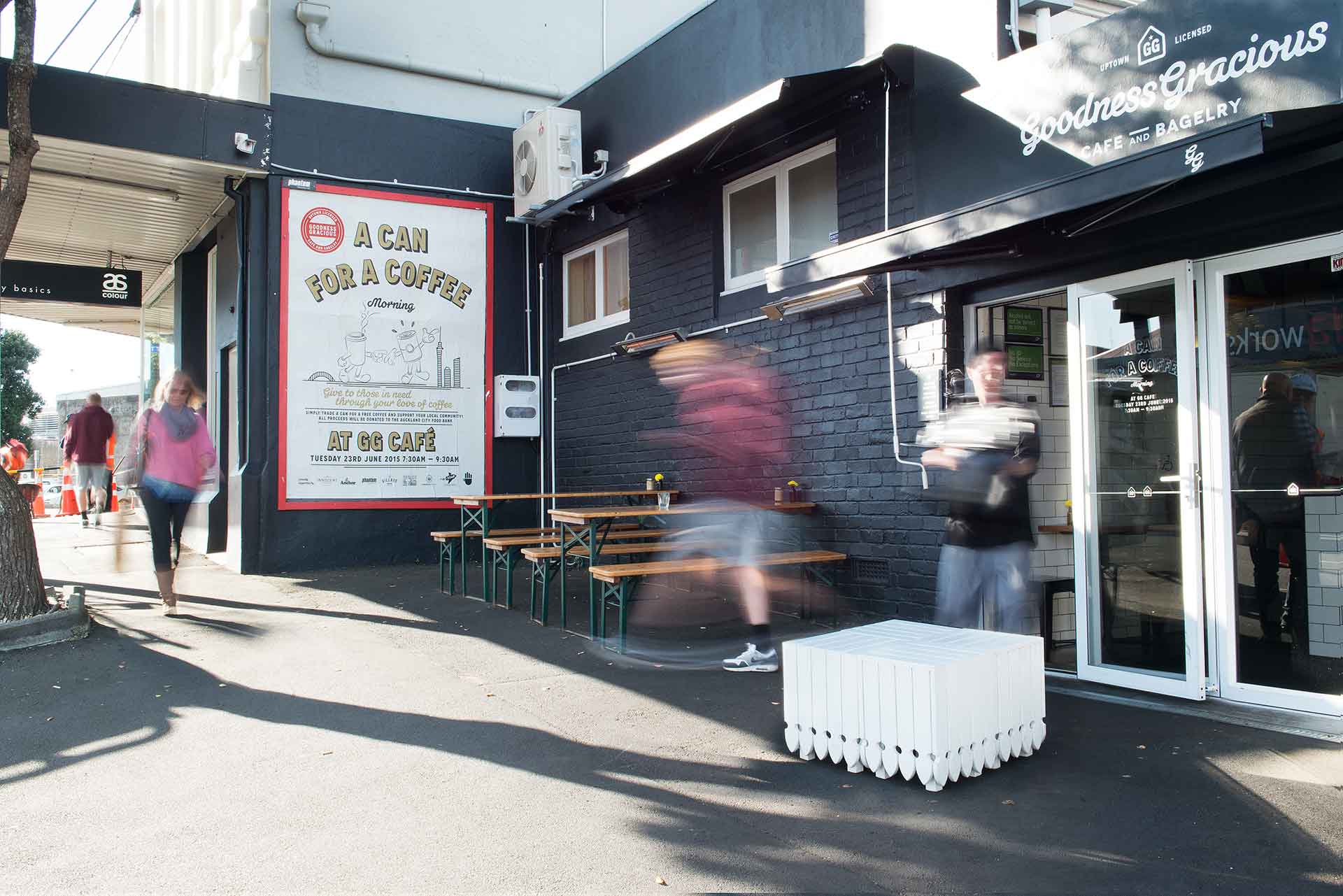

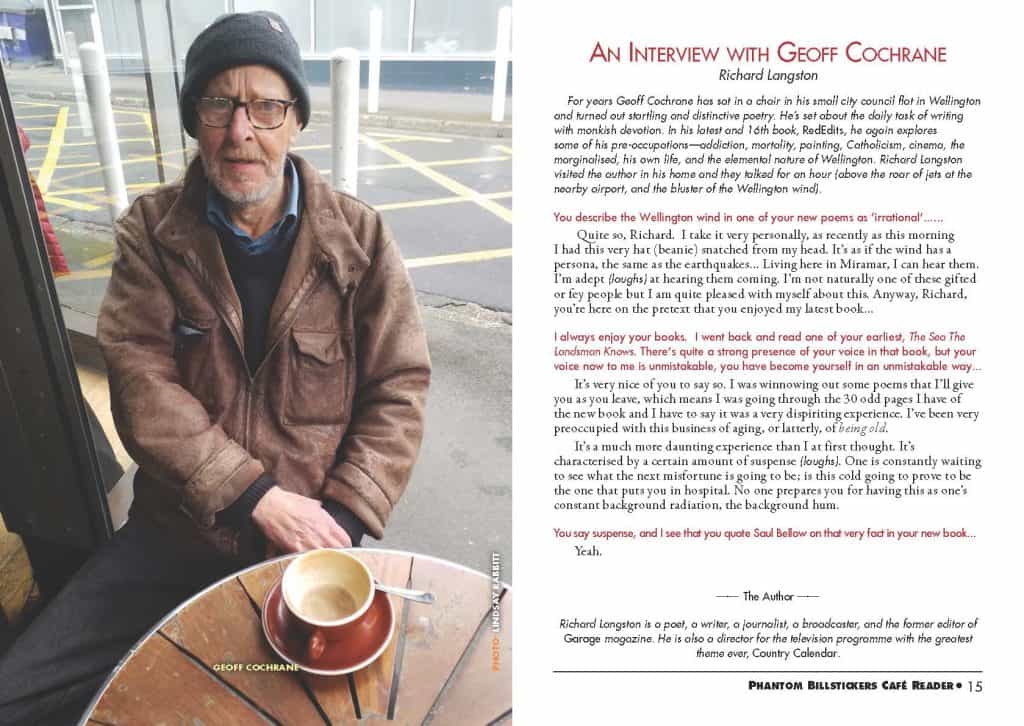
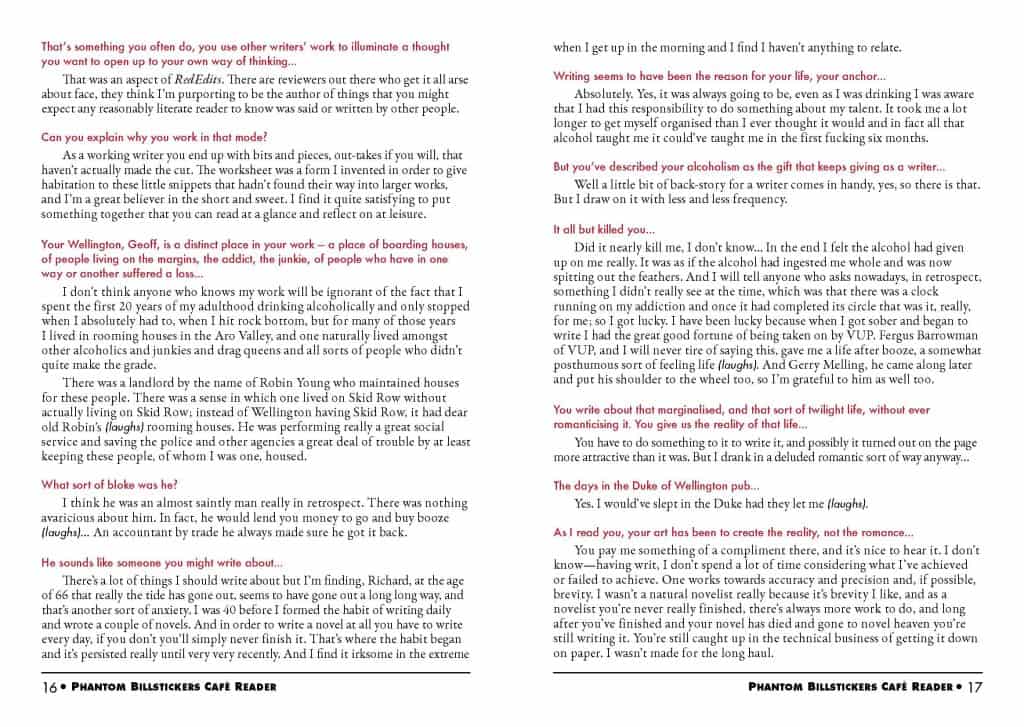
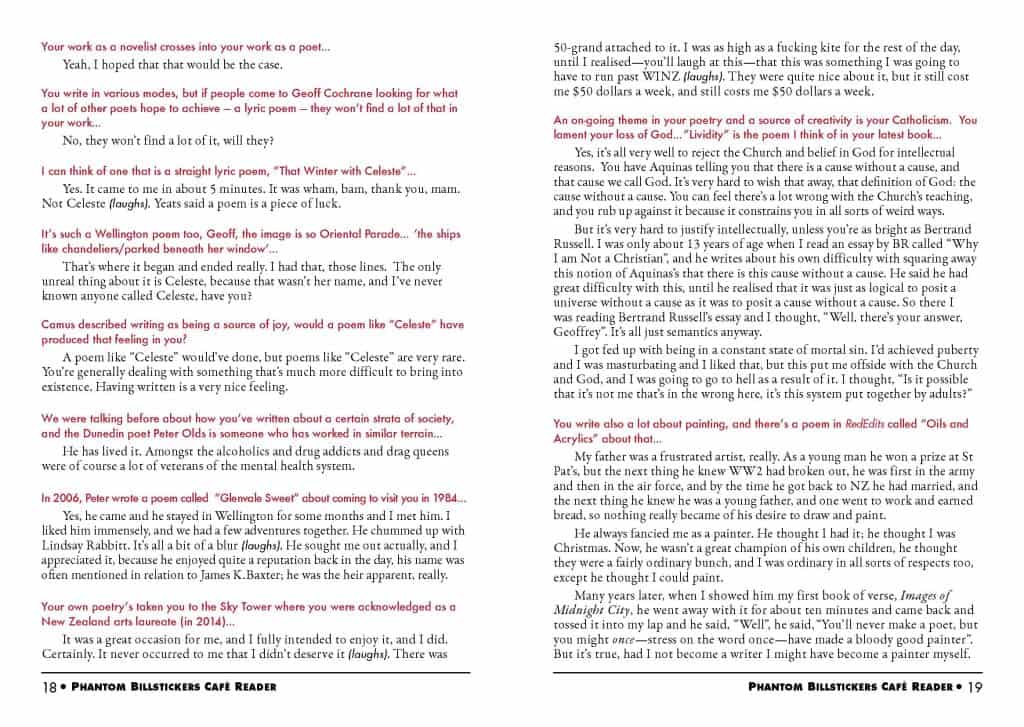
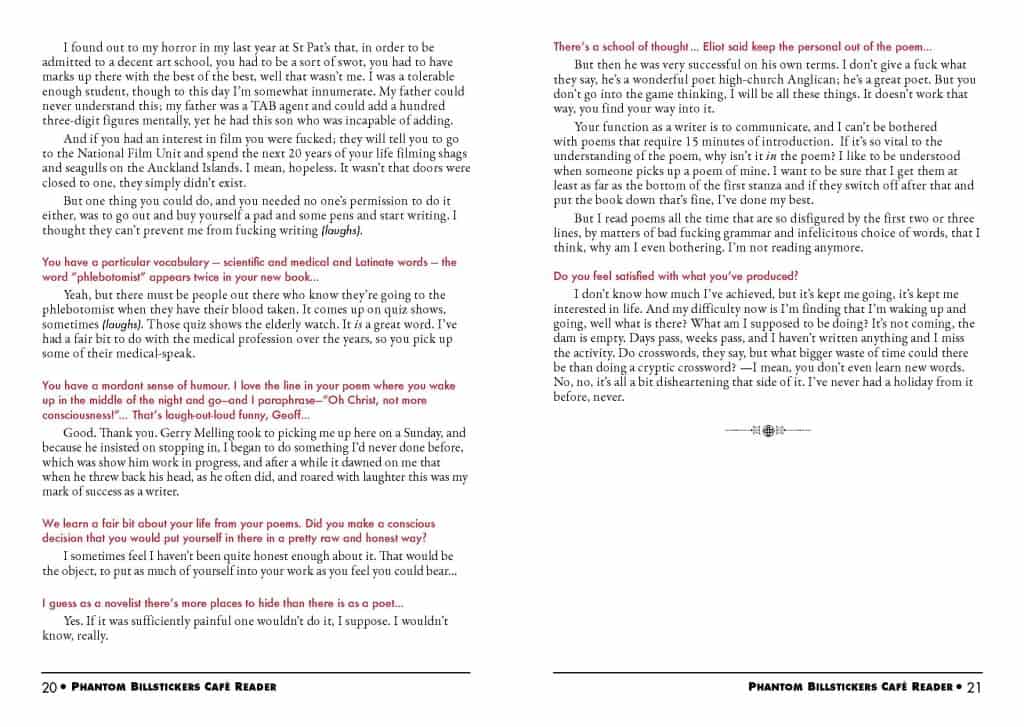
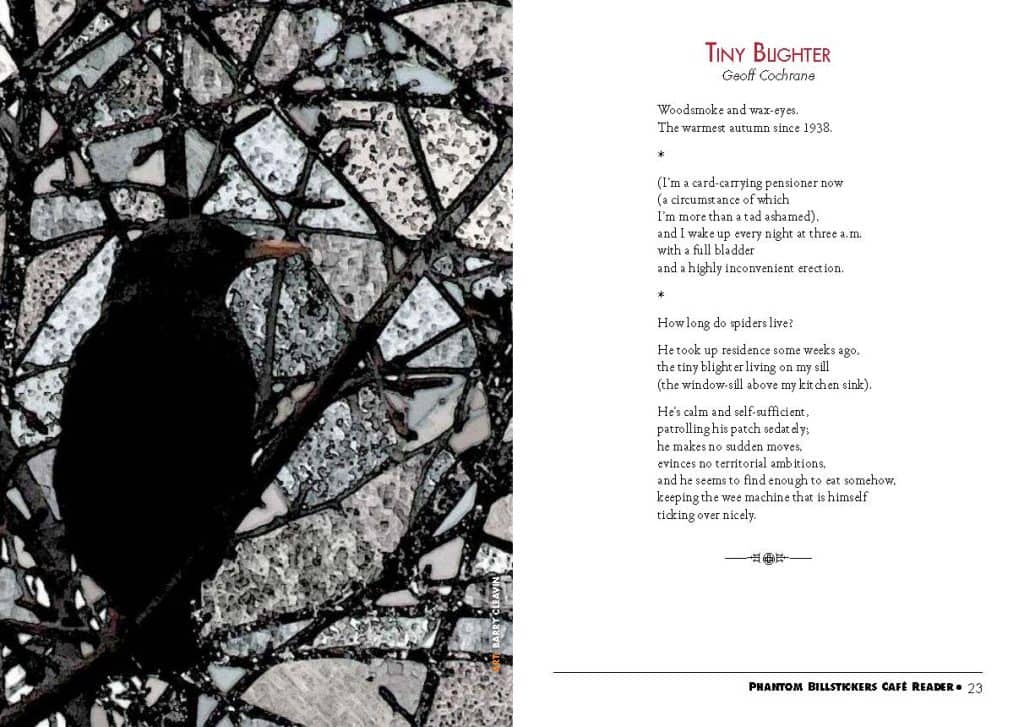
Recent Comments